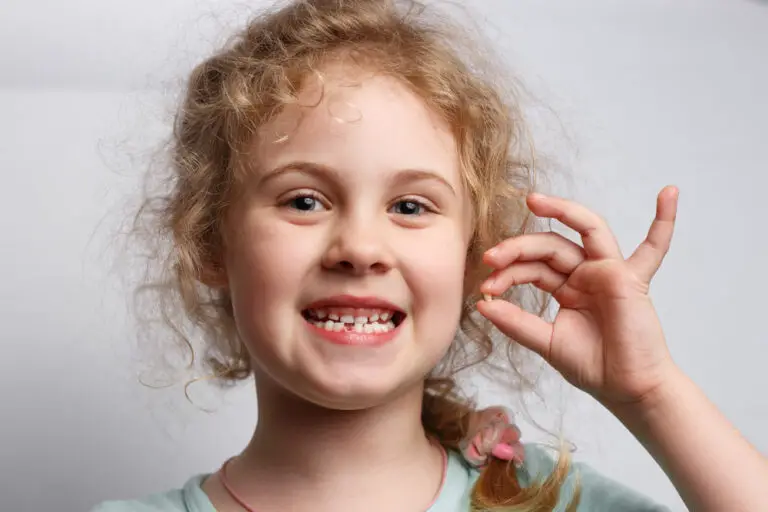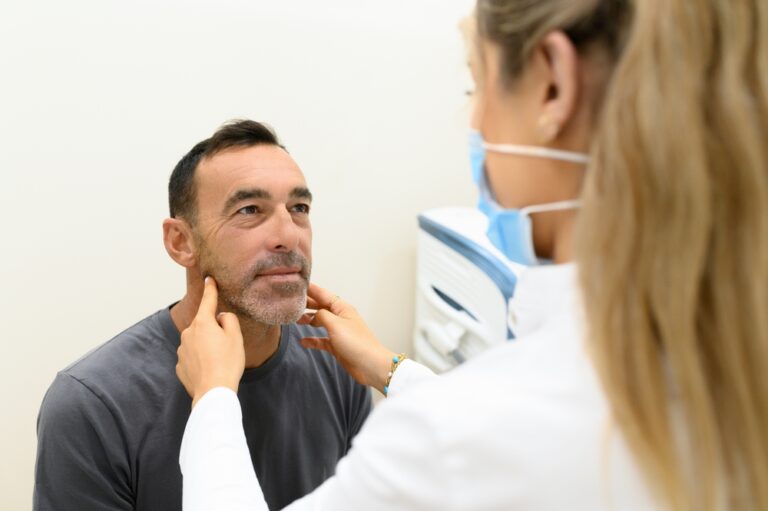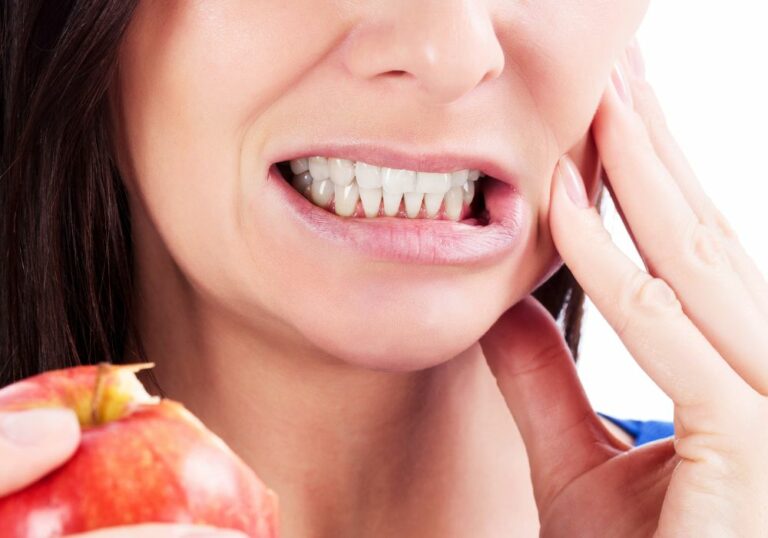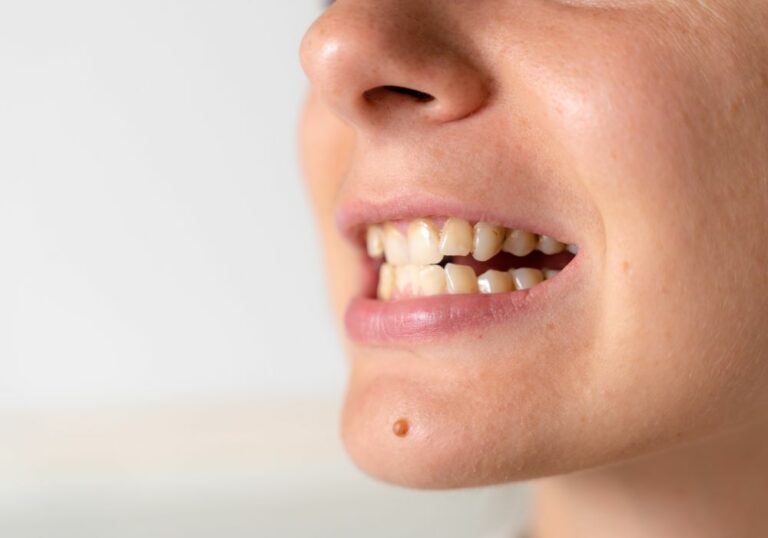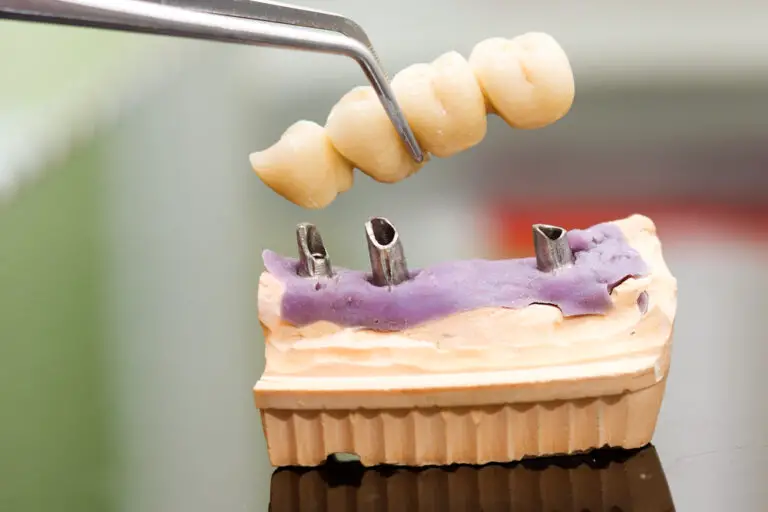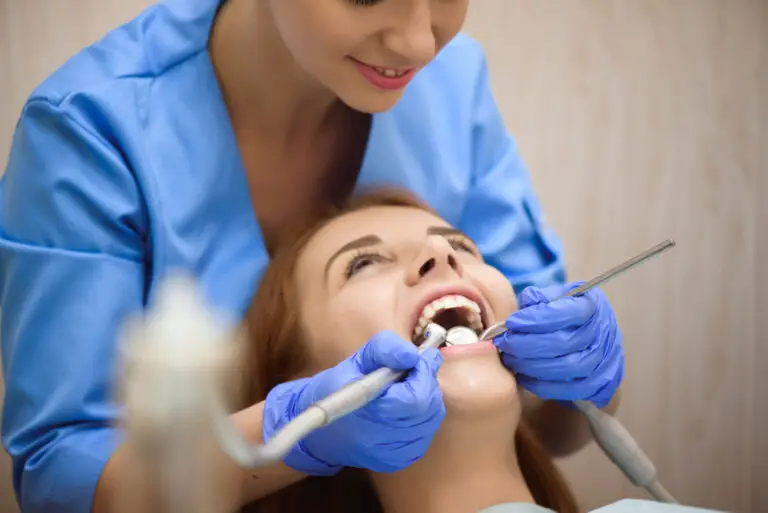Having whiter teeth can make a big difference in how you look and feel about yourself. If you have bonded teeth, you may be wondering if you can whiten them along with your natural teeth. The good news is that there are options for whitening bonded teeth safely and effectively. In this comprehensive guide, we will cover everything you need to know about whitening bonded teeth.
What are Bonded Teeth?
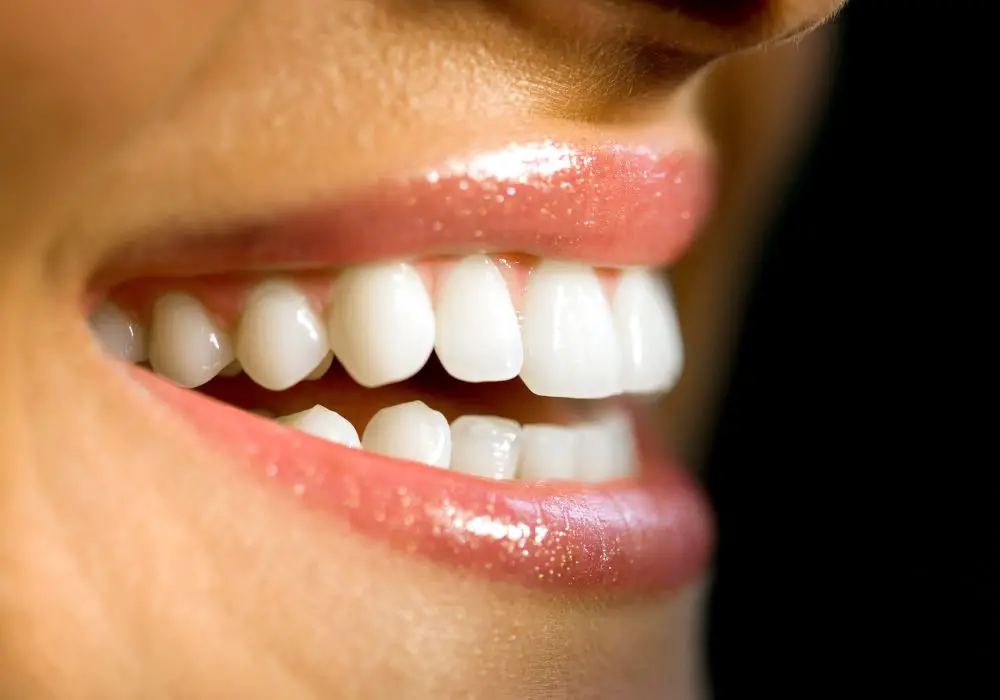
Before we dive into the whitening methods, let’s start with an in-depth overview of what bonded teeth are. Dental bonding is a cosmetic procedure that applies a tooth-colored composite resin material to the surface of teeth. The resin bonds to the enamel to improve the appearance of teeth that are chipped, misshapen, discolored, or have gaps between them.
Here are some key things to understand about bonded teeth:
- Bonding is used to restore teeth and improve their appearance, not whiten them. The composite resin material is matched to your natural tooth color at the time of the procedure.
- The resin is applied in layers and sculpted to the desired shape. It is then hardened using a special dental light. The material bonds seamlessly to the surface of the teeth for a smooth, natural look.
- Bonding resins do not penetrate deep into the teeth like a professional whitening treatment does. The material only covers the surface enamel layer.
- Over time, bonded teeth may become discolored as the resin material absorbs stains from foods, drinks, and smoking. This can make the bonding more noticeable and unnatural looking.
- Whitening procedures must be done carefully on bonded teeth. The peroxide whitening agents can interact with composite resin and potentially weaken or damage the bonds.
- Excessive whitening too soon after bonding can undermine the resin bonds before they fully set and harden on the teeth.
Now that we understand the nature of bonded teeth, let’s discuss the methods available for safely whitening them.
Whitening Toothpastes
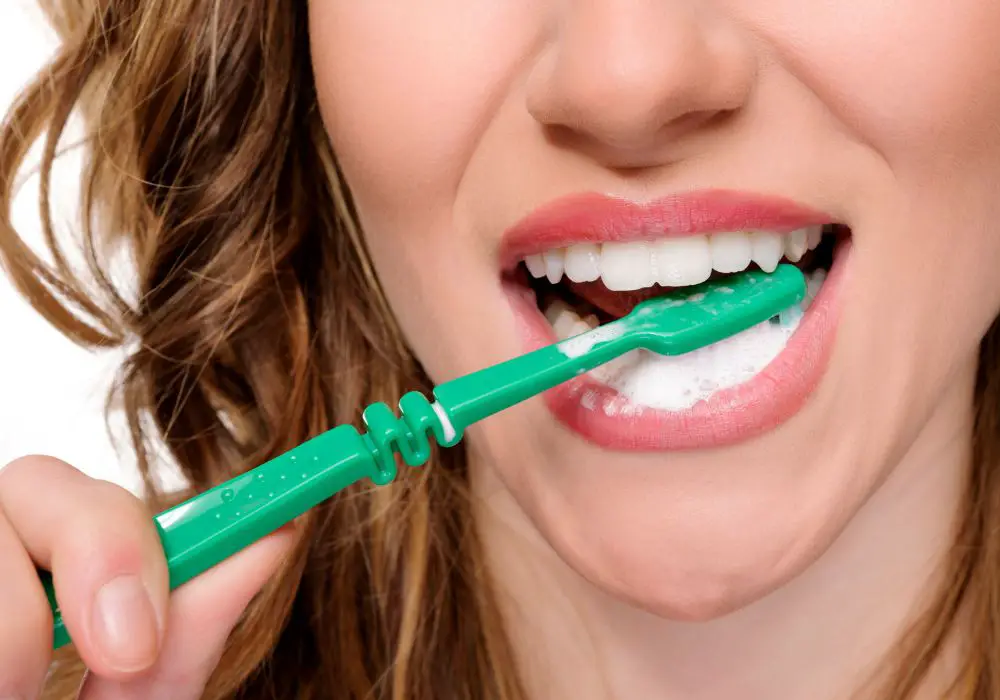
Using a daily whitening toothpaste can help remove surface stains on teeth over time. Whitening toothpastes are abrasive enough to lightly polish away discoloration on bonded teeth without harming the resin material.
When selecting a toothpaste, look for these effective ingredients:
- Hydrogen peroxide – This is a bleaching agent that helps break up deep stains below the enamel. Most toothpastes contain low concentrations of 1-2% hydrogen peroxide. Higher concentrations are found in professional whitening gels.
- Baking soda – This natural cleaning powder gently scrubs away surface stains for a whiter smile. It also neutralizes acid and promotes a healthy pH balance in the mouth.
- Silica – This additive provides gentle abrasion to physically buff out staining and discoloration on the enamel surface. Higher amounts provide more polishing action.
- Blue covarine – This is a blue dye added to toothpaste that helps visually make teeth appear whiter. It reflects more blue light off the enamel surface. This creates an optical illusion of brightening teeth beyond their actual shade.
Some excellent whitening toothpaste options to try include:
- Crest 3D White Radiant Mint Toothpaste
- Colgate Optic White Sparkling Mint Gel Toothpaste
- Arm & Hammer Advance White Baking Soda & Peroxide Toothpaste
- Sensodyne Pronamel Gentle Whitening Toothpaste
- Supersmile Professional Whitening Toothpaste
Be sure to choose a toothpaste designed specifically for whitening, not just a regular fluoride toothpaste. Apply it when brushing twice per day, morning and night. Take care to gently brush the front surfaces of teeth where bonding is present. Over 4-6 weeks of use, a whitening toothpaste may lighten bonded teeth by 1-2 shades.
Over-the-Counter Whitening Products
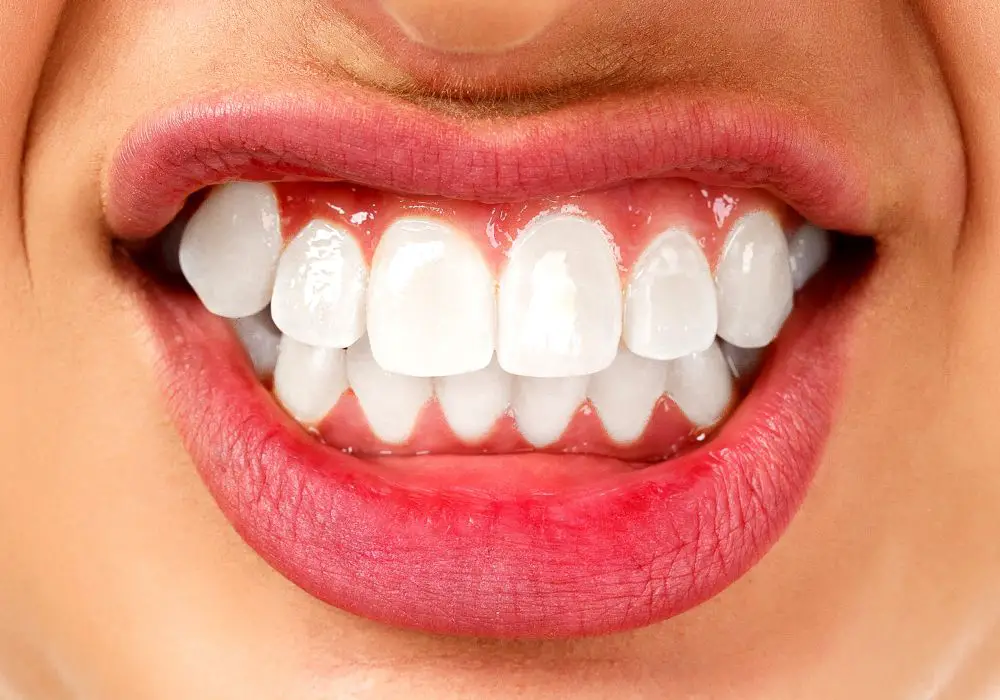
For moderate whitening of bonded teeth at home, over-the-counter products like whitening strips, gels, rinses, and toothbrushes can be effective. These products contain peroxide concentrations similar to whitening toothpastes, or slightly higher, up to about 10% hydrogen peroxide.
Here are some of the top options for safe whitening of bonded teeth:
Whitening Strips
- Crest 3D White Professional Effects Whitestrips
- Colgate Optic White Overnight Teeth Whitening Strips
- Go Smile Super White Snap Packs
- Smile Direct Club Bright On Teeth Whitening Strips
These use plastic strips coated with whitening gel that adhere to the teeth. Wear the strips for 30-60 minutes once or twice per day as directed. Treatment time is typically 2-4 weeks.
Whitening Gels
- Opalescence Go Pre-Filled Whitening Trays
- Mr Blanc On The Go Teeth Whitening Pens
- Smile Brilliant Custom Teeth Whitening Kit
- Schneemann Paro Pen Teeth Whitening System
These products come with custom dental trays, brush tips, or swabs to apply whitening gel directly to the teeth. Leave on for 15-30 minutes once or twice daily for 1-2 week periods.
Whitening Rinses
- Colgate Optic White Overnight Teeth Whitening Rinse
- Listerine Healthy White Vibrant Mint Mouthwash
- CREST 3D White Whitening Mouthwash
Swish the whitening rinse liquid around teeth for 60 seconds twice a day after brushing. Results appear gradually over 4-6 weeks.
Whitening Toothbrushes
- Colgate Optic White Platinum Express White Toothbrush
- GO SMiLE Sonic Blue Teeth Whitening System
- FineVine Charcoal Teeth Whitening Toothbrush
These electric toothbrushes have whitening bristles and heads designed to lift stains as you brush. Use as directed twice daily in place of manual brushing.
When using over-the-counter whitening products, take care not to over-apply or overuse them. Follow the package directions closely. Excessive peroxide exposure can potentially weaken bonding seals. But used properly, these products can safely lighten bonded teeth 3-8 shades.
Professional In-Office Whitening
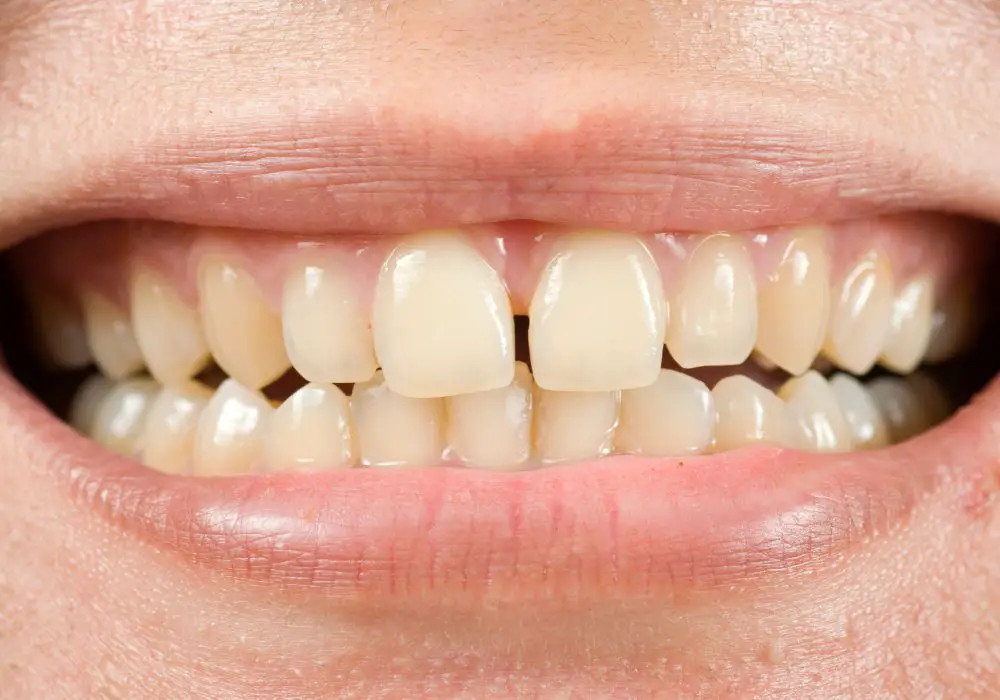
For removing years of deep stains and discoloration, professional whitening is recommended. In-office treatments performed by your dentist use higher peroxide concentrations of 15-40% to dramatically whiten teeth up to 10 shades in one visit.
Here is an overview of the professional in-office whitening process:
- Examination – Your dentist will evaluate your teeth health and suitability for whitening. X-rays and scans may be taken.
- Protect Gums – Your gums are covered with a protective barrier gel or rubber dam to isolate teeth and prevent peroxide irritation.
- Apply Gel – A highly concentrated peroxide-based whitening gel is applied directly onto the teeth.
- Accelerate Whitening – The gel is “activated” and accelerated using a specialized light or laser light source. This light energy speeds up the whitening chemical reaction.
- Timed Treatment – The whitening gel is left on the teeth for anywhere from 15-60 minutes depending on desired level of whitening.
- Rinse – Once complete, the gel is thoroughly rinsed off the teeth. Dramatic results are immediate.
- Repeat if Needed – For very stained teeth, the process may be repeated over 2-3 visits until desired shade is reached. At-home gel is prescribed between visits to maintain results.
- Bonding Adjustment – After whitening, the dentist can make any repairs or adjustments needed to maintain the integrity of bonded teeth from sensitivity or damage caused by the intensive whitening treatment.
With in-office whitening, dramatic color change of 10-16 shades is possible in a safe controlled setting. However, the results will not last permanently. Re-treatment and take-home products are needed to maintain your bright smile. Discuss the costs and frequency of ongoing “whitening for life” with your dentist.
Customized Take-Home Whitening Kits
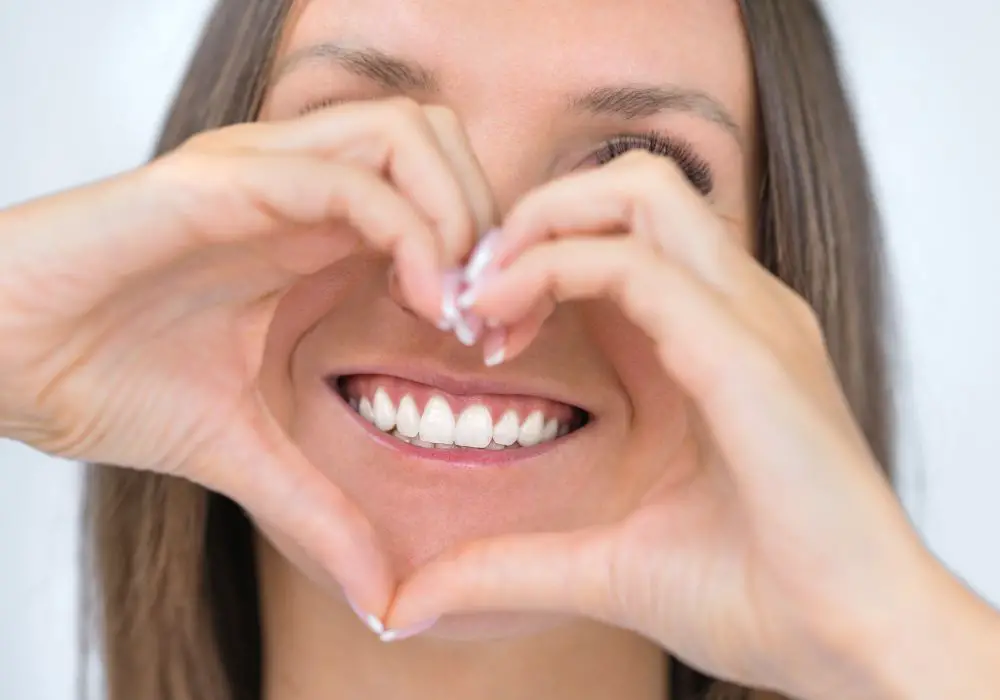
For convenient at-home whitening between in-office treatments, many dentists provide professional-grade customized whitening kits. These include:
Custom Whitening Trays
- Your dentist takes impressions of your teeth to fabricate customized plastic trays that fit your teeth precisely.
- The trays are filled with a peroxide-based whitening gel and worn for 1-2 hours daily or overnight for 1-2 weeks.
- Carbamide peroxide gels of 10-22% are used. Higher concentrations than over-the-counter gels provide faster results.
- Can lighten teeth up to 8 shades when used for the prescribed regimen.
Professional Whitening Strips
- Similar to over-the-counter strips but contain a stronger concentration of hydrogen peroxide for faster whitening.
- Applied to teeth and worn for 30-60 minutes 1-2 times daily for 5-10 days.
- Typically lighten teeth up to 6 shades.
Desensitizing Gel
- Before and after the whitening treatment, this specialized gel is applied according to package directions.
- Helps reduce sensitivity that commonly occurs during the whitening process.
- Makes the treatment more comfortable and tolerable.
Fluoride Gel
- Applied following whitening to help strengthen enamel and enhance teeth radiance.
- Also protects teeth from cavities and decay that can form after enamel is depleted during whitening.
Follow your dentist’s usage instructions carefully to avoid over-whitening and achieve the best results. Check in periodically for retouches and re-bonding as needed.
Lifestyle Changes For Maintaining a White Smile
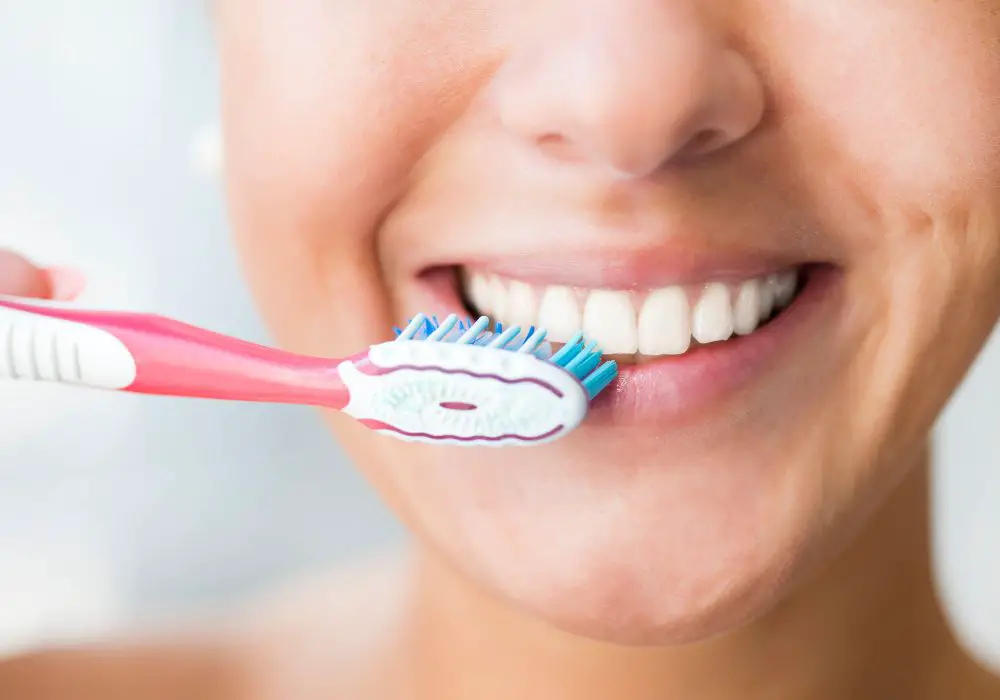
In addition to consistent use of whitening treatments, making a few key lifestyle adjustments can help keep your smile vibrant between whitening sessions:
- Brush Gently Twice Daily – Use a soft-bristled toothbrush and whitening toothpaste. Avoid aggressive scrubbing on bonding.
- Floss Thoroughly – Gently floss between all teeth to clear away plaque and prevent stains from developing.
- Watch Staining Foods/Drinks – Limit intake of dark foods and beverages like coffee, tea, red wine, berries, tomato sauce, soy sauce, dark sodas. Drink staining beverages quickly through a straw. Rinse with water after.
- Quit Smoking – Smoking is severely staining. The tar permeates the dental bonding and resins. It will undermine your whitening efforts. Talk to your doctor about smoking cessation options.
- Drink Plenty of Water – Stay well hydrated to promote saliva flow. Saliva helps neutralize acids and wash away staining particles on teeth.
- Get Regular Cleanings – See your hygienist for professional cleanings every 6 months to keep teeth fresh between whitening sessions.
With diligent oral care and the right whitening treatments, your bonded teeth can stay white, bright and beautiful for years to come. Be sure to consult your dentist regularly about touch-ups, new bonding, and maintaining your optimal shade.
Frequently Asked Questions About Whitening Bonded Teeth
Q: How long do whitening results last on bonded teeth?
For bonded teeth, whitening results typically last 1-3 years. However, bonded teeth often need more frequent whitening maintenance than natural unbonded teeth. The composite resin material is more porous than enamel and readily absorbs stains over time. Follow your dentist’s recommended whitening schedule to keep your bonded smile fresh.
Q: Can I bleach my teeth right after getting new bonding done?
It’s best to wait at least 2 weeks after getting bonding before using any whitening products. This allows adequate time for the composite resin to fully cure, harden and bond securely to your teeth. Whitening too soon could undermine the resin bonds before they fully set.
Q: Is whitening safe for my bonded teeth?
When done properly, whitening is safe for bonded teeth. However, hydrogen peroxide in some products can contribute to bonded teeth becoming sensitive, translucent at the edges, or prone to fractures over time with repeated use. See your dentist immediately if you notice any issues.
Q: Why don’t my bonded teeth get as white as my natural teeth after whitening?
The composite resin material used for bonding is more porous than natural tooth enamel. This means it absorbs stains faster and does not lighten as dramatically with whitening treatments. Your dentist may need to re-bond using a lighter shade resin to match your brightened natural tooth shade after whitening.
Q: Can I get teeth bonding done in a lighter color after I whiten my teeth?
Yes, after lightening your natural teeth with whitening, you can get bonding redone in a lighter color resin material to match your new brightened shade. At a follow-up visit after you complete whitening, your dentist can replace old bonding with new composite resin matched to your whitelist color.
Q: Does whitening weaken or damage existing dental bonding?
With improper use, whitening products can potentially weaken bonding seals. The peroxide chemicals soften resin over time with repeated exposure. See your dentist promptly if you notice any damage, fractures, or leakage around bonded areas after whitening.
Conclusion
Maintaining clean, white teeth is important if you have dental bonding that no longer matches the shade of your natural teeth. With cautious use of whitening treatments and diligent oral hygiene, you can safely and effectively lighten bonded teeth. Be sure to consult your dentist before using any whitening products to ensure it is done safely and properly for your situation. With the right whitening techniques, your entire smile can look bright, fresh and vibrant.

